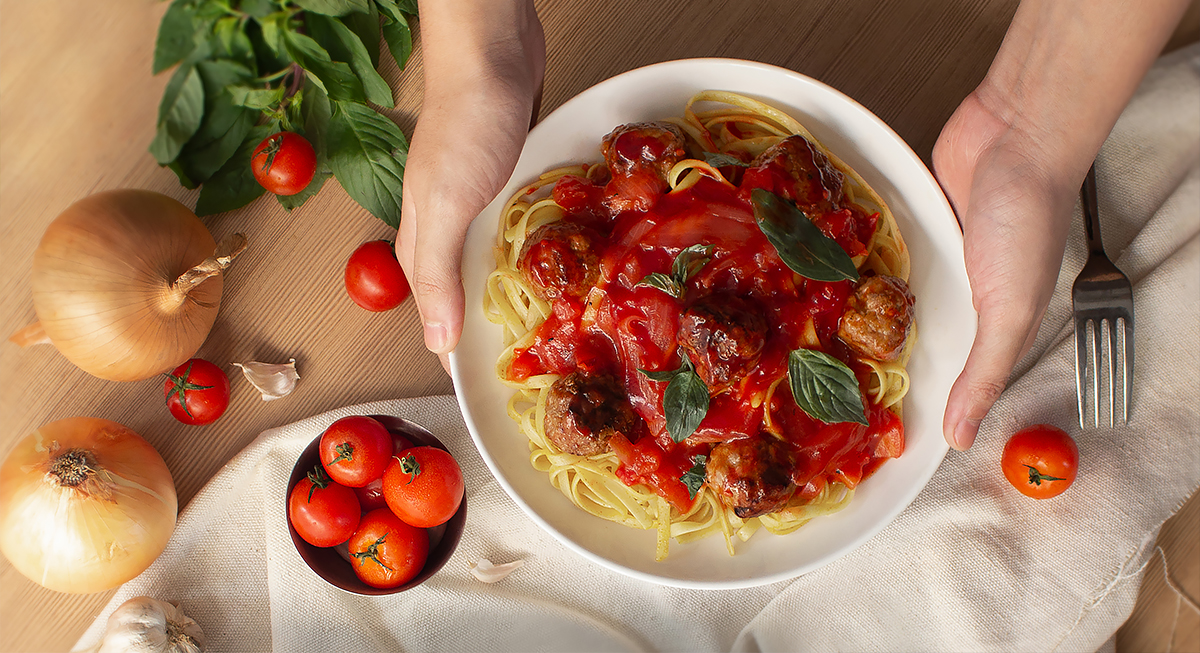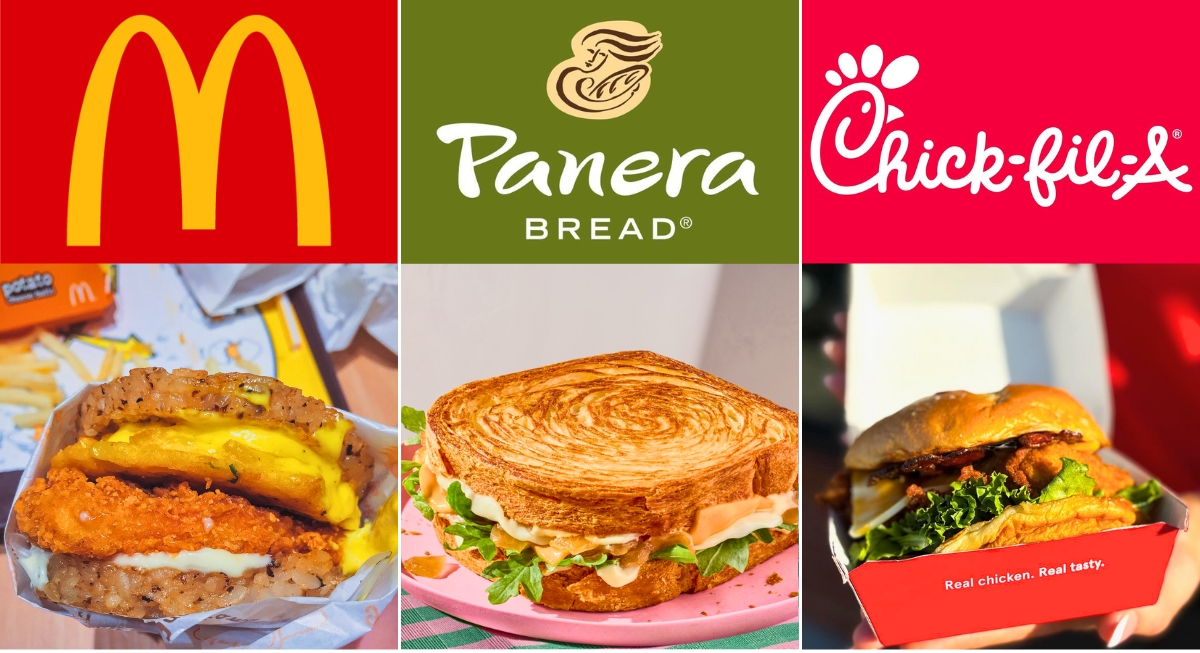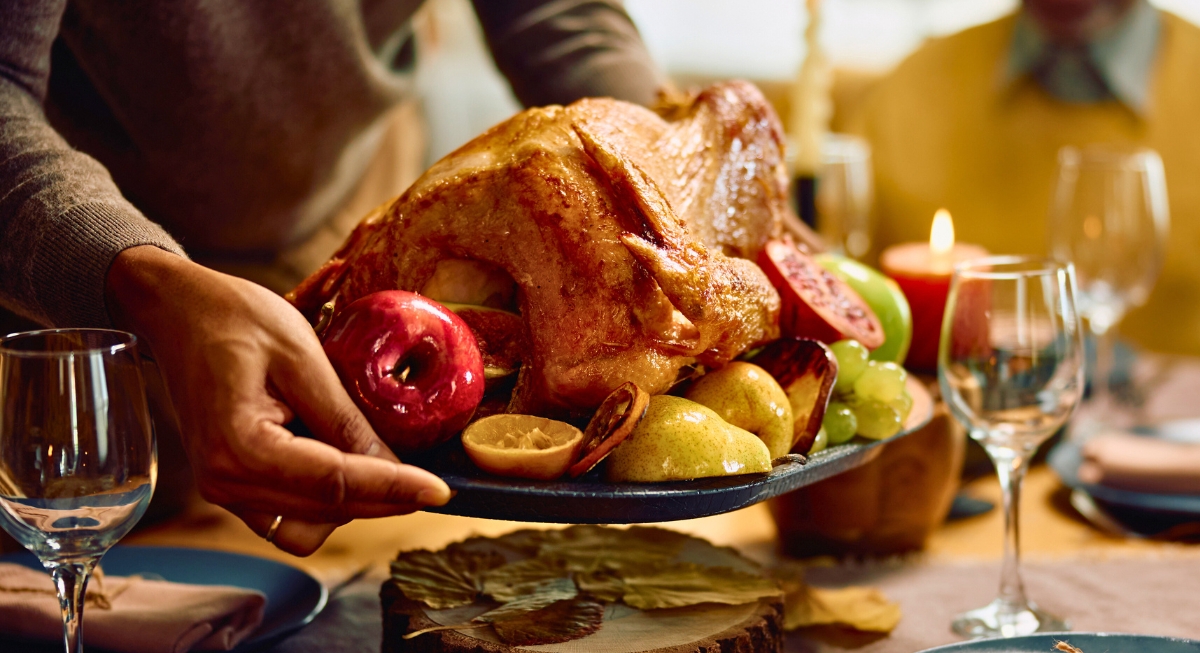The 1920s brought more than jazz and dancing; it was a turning point in American food culture. With Prohibition in full swing and home entertaining on the rise, the kitchen became a place of creativity and comfort. Here are some unforgettable dishes that captured the spirit of the Roaring Twenties.
Pineapple Upside-Down Cake
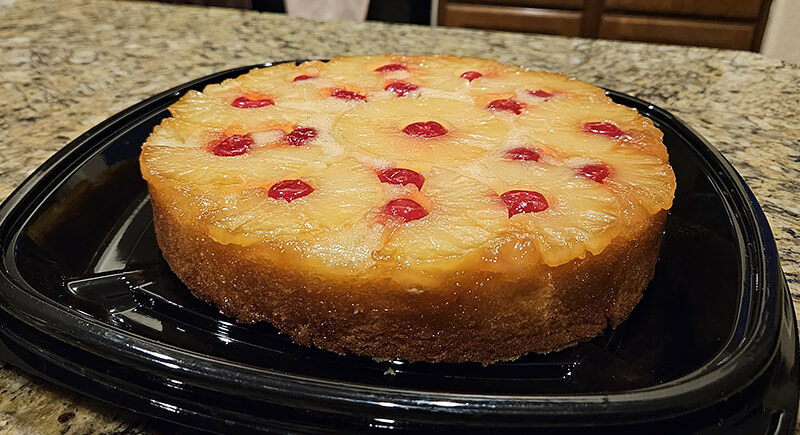
Credit: Reddit
This dessert exploded in popularity with the rise of canned fruit. Home bakers used rings of pineapple and bright red cherries to turn plain butter cake into a festive centerpiece. It was baked with brown sugar and flipped while still warm.
Chicken à la King
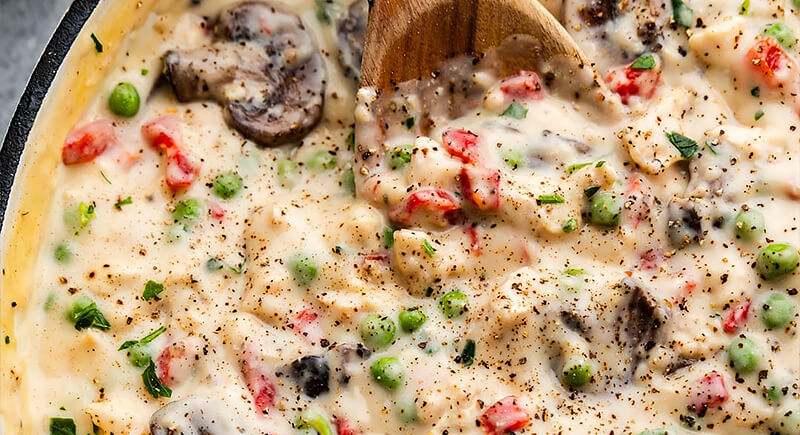
Credit: Instagram
Often found on both home menus and hotel dining cards, this creamy chicken dish checked all the right boxes for 1920s comfort food. Cubes of poultry were folded into a silky sherry-spiked sauce with mushrooms and pimentos, then served over toast.
Waldorf Salad

Credit: Facebook
Despite its roots in 19th-century New York, the Waldorf Salad saw widespread popularity during the ‘20s. Apples and celery provided crunch, walnuts added depth, and a light mayonnaise dressing tied it together.
Jell-O Mold Salad
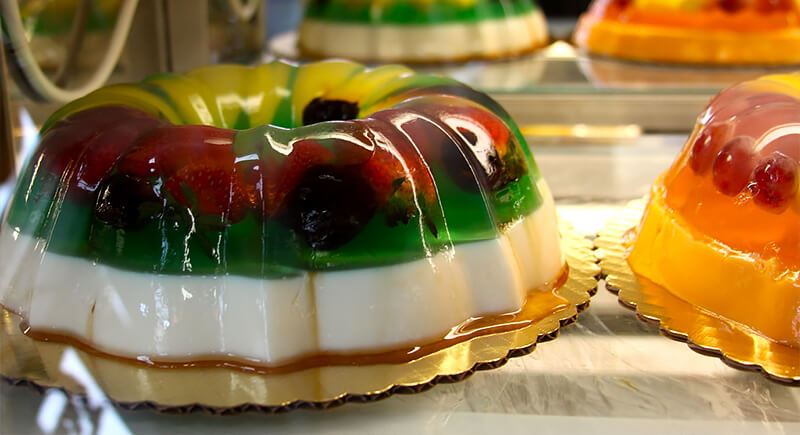
Credit: flickr
No fridge-chilled dish made a splash quite like the Jell-O mold. It was essentially lime gelatin encasing shredded carrots or a ruby-red ring filled with canned fruit. It checked the box in terms of both jiggly and delicious.
Oysters Rockefeller
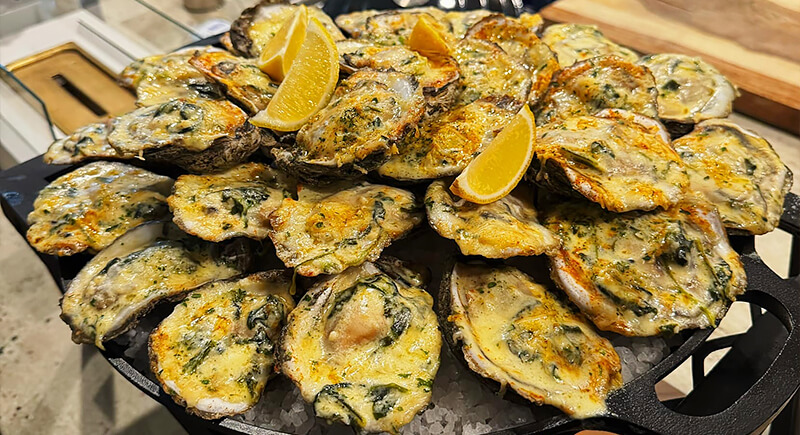
Credit: Facebook
Though invented decades earlier in New Orleans, this decadent baked oyster dish surged during Prohibition. It was rich with butter, breadcrumbs, and greens and gained favor among those chasing decadence in a dry era. After being named for John D. Rockefeller, it became a statement dish.
Candlestick Salad
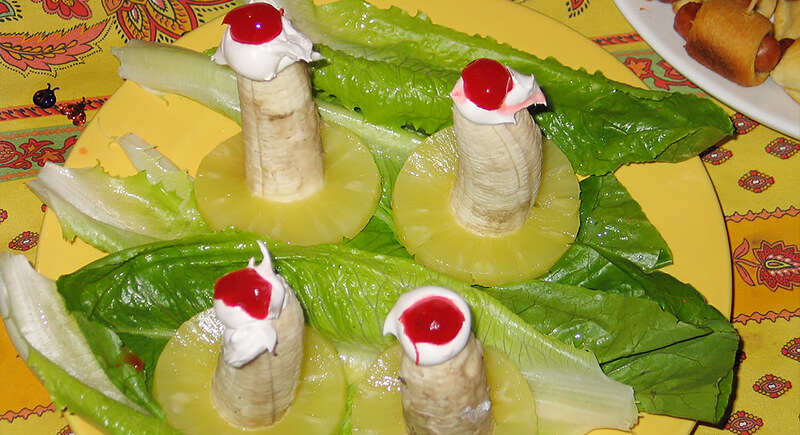
Credit: flickr
This dish was a prime example of the decade’s playful plating. It was basically a banana standing upright in a pineapple ring, topped with a cherry and a generous squiggle of mayo. It appeared in women's magazines as a cute way to get kids to eat fruit, and yes—it got some side-eyes even back then.
Ambrosia

Credit: flickr
Ambrosia wasn’t subtle. This dessert had canned mandarin oranges, pineapple chunks, shredded coconut, and mini marshmallows, all tossed in whipped topping or sour cream.
Deviled Eggs
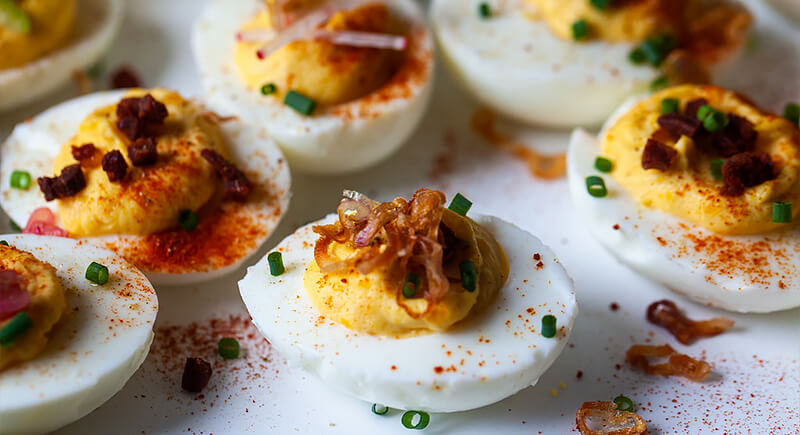
Credit: flickr
As America leaned into cocktail parties behind closed doors, deviled eggs stepped up as a go-to dish. Halved hard-boiled eggs were filled with mustard-spiked yolks and topped with paprika. They were easy to prep, even easier to pass, and perfect for balancing out whatever was being poured into punch glasses.
Chocolate Mousse
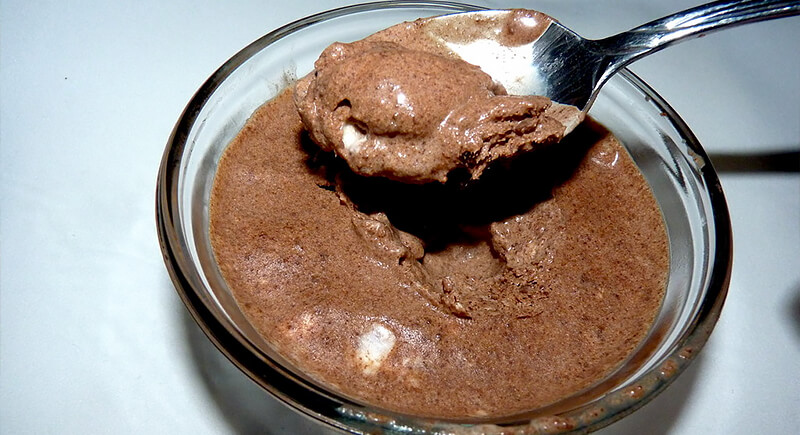
Credit: flickr
The delicate yet deeply indulgent chocolate mousse captured the post-war craving for European flair. This silky creation required careful folding of whipped cream and eggs into melted chocolate to produce a texture that was airy and rich.
Tomato Aspic
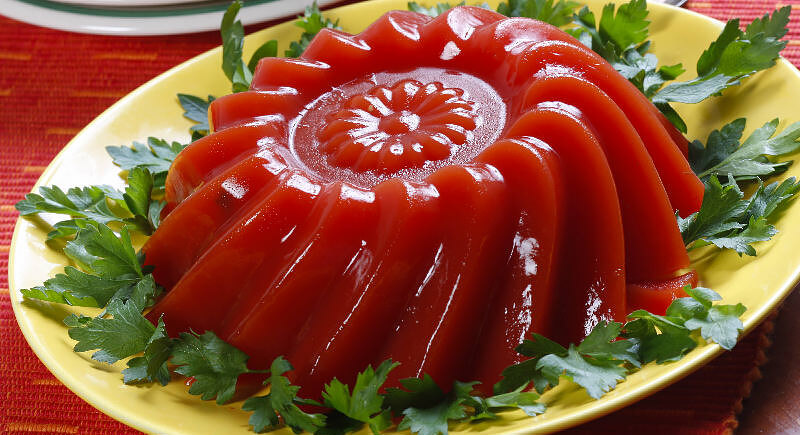
Credit: Reddit
Tomato aspic was not for the faint of heart. It was a savory gelatin salad—often molded, always served cold—built on seasoned tomato juice and firmed with unflavored gelatin. You could garnish it with parsley, olives, or shrimp.
Clam Chowder
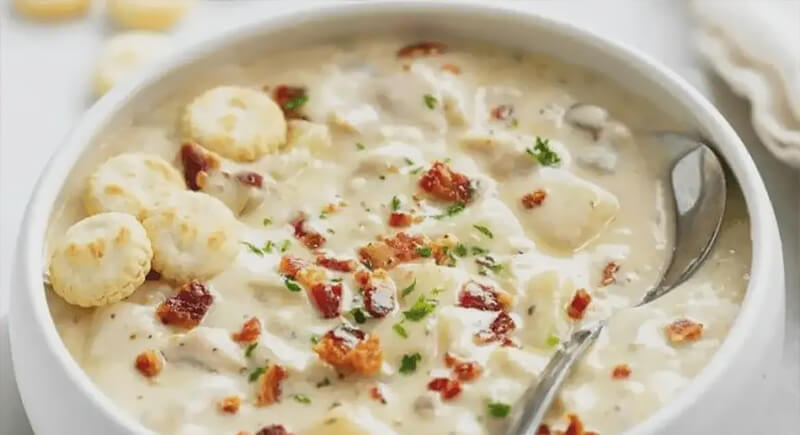
Credit: Reddit
In New England, clam chowder was both tradition and necessity. It was creamy, briny, and full of tender clams and potatoes, perfect for diners in seaside towns and smoky cities. Canned clam juice made it easier to prepare for those far from the coast.
Hot Brown Sandwich
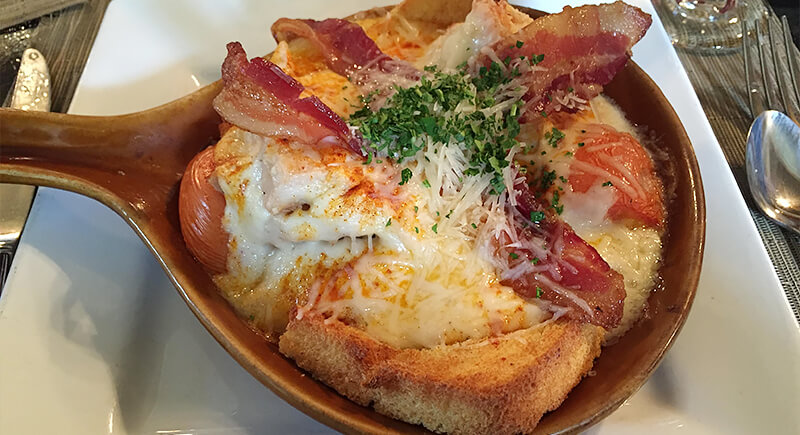
Credit: Reddit
First served in 1926 at the Brown Hotel in Louisville, this open-faced turkey sandwich was a recovery from a night of dancing. It was smothered in creamy Mornay sauce and broiled until bubbling. It landed on tables as a rich, hot answer to bland midnight snacks.
Shrimp Cocktail
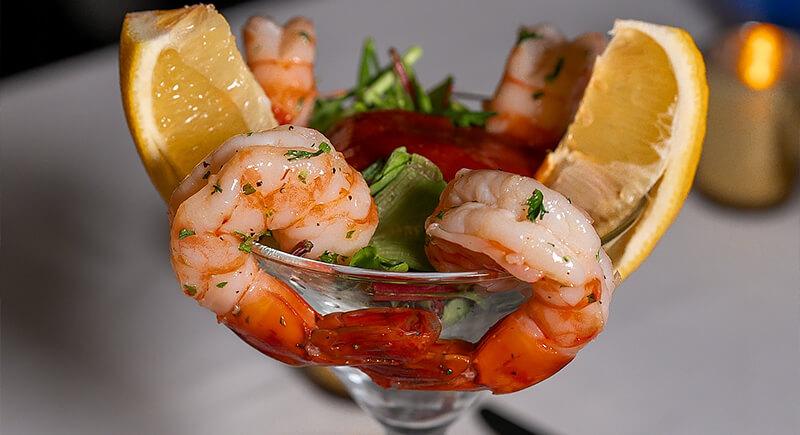
Credit: Facebook
Shrimp cocktail wasn’t just trendy—it was theatrical. Chilled shrimp were draped over the edge of a cocktail glass, waiting to be dipped into a zesty horseradish-laced sauce. It was light, punchy, and gave dinner parties an air of sophistication, even if the drinks were discreetly poured from hidden flasks.
Baked Ham with Pineapple
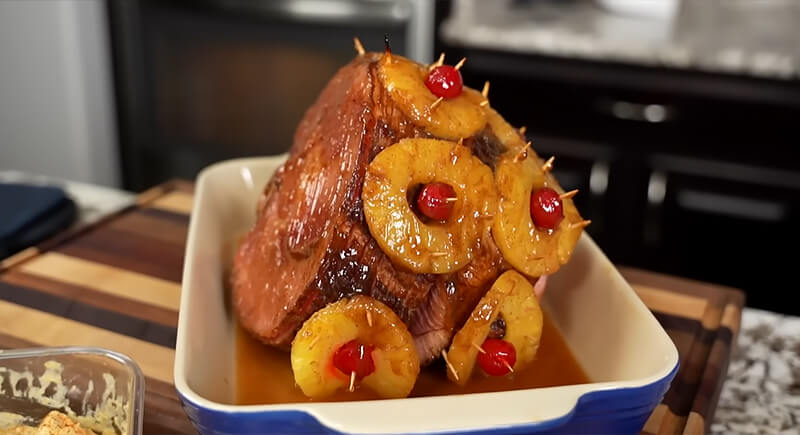
Credit: Youtube
Hams baked with clove-studded pineapple rings became a fixture at 1920s celebrations. The sweet, sticky glaze caramelized beautifully in the oven and was often served on Sundays and holidays.
Spaghetti and Meatballs
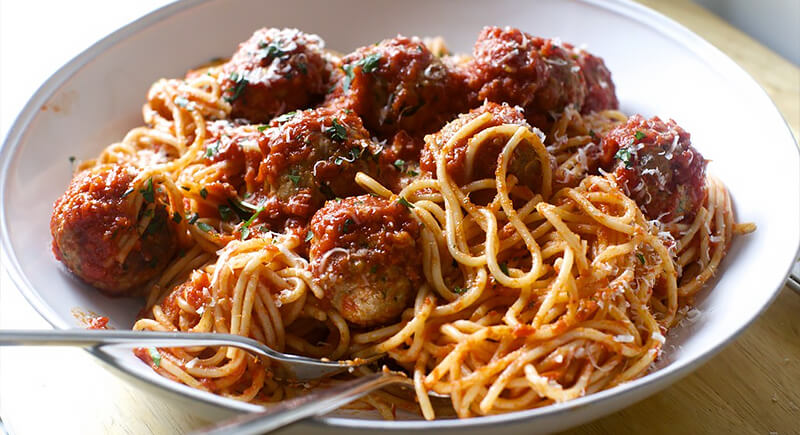
Credit: flickr
Italian-American families helped establish this dish as a stateside staple in the ‘20s. It bore little resemblance to traditional Italian cooking but struck a perfect balance of hearty sauce, tender meat, and slurpable noodles.

